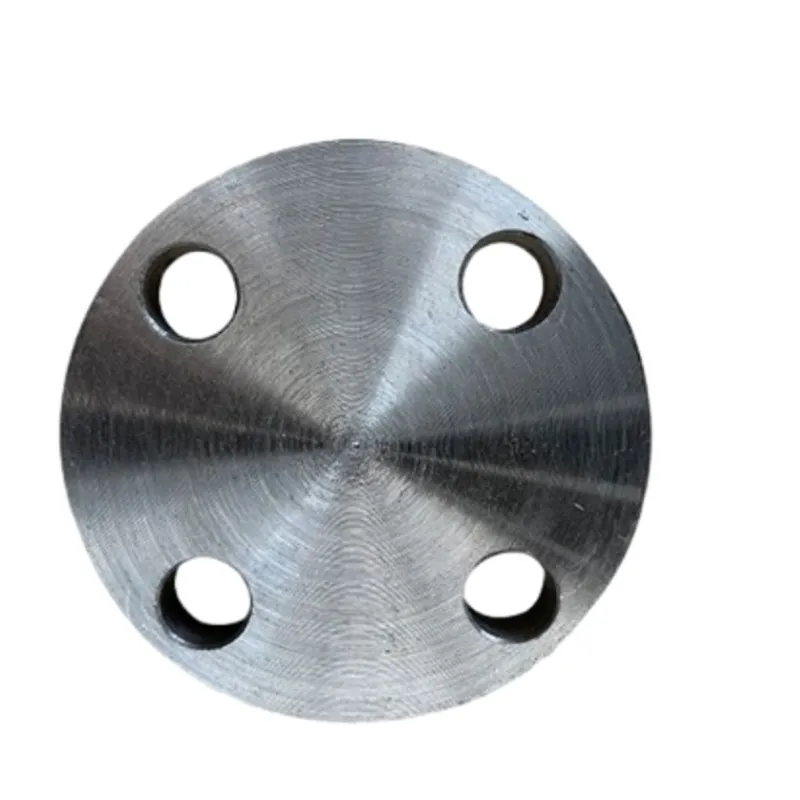-
Cangzhou Yulong Steel Co., Ltd.
-
Phone:
+86 13303177267 -
Email:
admin@ylsteelfittings.com
- English
- Arabic
- Italian
- Spanish
- Portuguese
- German
- kazakh
- Persian
- Greek
- French
- Russian
- Polish
- Thai
- Indonesian
- Vietnamese
- Zulu
- Korean
- Uzbek
- Hindi
- Serbian
- Malay
- Ukrainian
- Gujarati
- Haitian Creole
- hausa
- hawaiian
- Hebrew
- Miao
- Hungarian
- Icelandic
- igbo
- irish
- Japanese
- Javanese
- Kannada
- Khmer
- Rwandese
- Afrikaans
- Albanian
- Amharic
- Armenian
- Azerbaijani
- Basque
- Belarusian
- Bengali
- Bosnian
- Bulgarian
- Catalan
- Cebuano
- China
- China (Taiwan)
- Corsican
- Croatian
- Czech
- Danish
- Esperanto
- Estonian
- Finnish
- Frisian
- Galician
- Georgian
- Kurdish
- Kyrgyz
- Lao
- Latin
- Latvian
- Lithuanian
- Luxembourgish
- Macedonian
- Malgashi
- Malayalam
- Maltese
- Maori
- Marathi
- Mongolian
- Myanmar
- Nepali
- Norwegian
- Norwegian
- Occitan
- Pashto
- Dutch
- Punjabi
- Romanian
- Samoan
- Scottish Gaelic
- Sesotho
- Shona
- Sindhi
- Sinhala
- Slovak
- Slovenian
- Somali
- Sundanese
- Swahili
- Swedish
- Tagalog
- Tajik
- Tamil
- Tatar
- Telugu
- Turkish
- Turkmen
- Urdu
- Uighur
- Welsh
- Bantu
- Yiddish
- Yoruba

Sep . 18, 2024 11:13 Back to list
4 x 3 concentric reducer
Understanding the 4% x 3% Concentric Reducer
In the world of piping and fluid transport systems, the design and selection of components are critical for the efficiency and reliability of operations. One such crucial component is the concentric reducer. Among various specifications, a 4% x 3% concentric reducer plays a significant role in applications where transitions in pipe diameter are necessary.
What is a Concentric Reducer?
A concentric reducer is a type of fitting used in piping systems to connect two pipes of different diameters, allowing for a smooth transition between the two sizes. The defining feature of a concentric reducer is its symmetrical shape, meaning that the larger and smaller openings are aligned along a common centerline. This alignment is particularly beneficial for maintaining steady fluid flow, minimizing turbulence, and reducing pressure losses.
Specifications of the 4% x 3% Reducer
In the case of a 4% x 3% concentric reducer, the larger end of the reducer has a nominal diameter of four inches, while the smaller end has a nominal diameter of three inches. This specific sizing allows for pipelines that require a reduction in diameter, which is commonly needed in various industrial processes such as oil and gas, water transportation, chemical processing, and HVAC systems.
The percentage indicated often represents the reduction ratio, highlighting that the larger pipe's diameter is reduced by approximately 25%, moving from four inches to three inches. This effective reduction helps in managing flow rates and ensuring compatibility with various attached fittings and pipelines.
Applications
4 x 3 concentric reducer

The 4% x 3% concentric reducer is widely used in various sectors due to its versatility. In oil and gas applications, for example, these reducers facilitate the transport of crude oil and natural gas by optimizing flow rates during processing and transportation. Similarly, in water treatment plants, they help manage water flow through different stages of treatment by connecting various piping sizes.
Moreover, in HVAC systems, concentric reducers assist in the efficient distribution of air through ductwork. By ensuring a smooth transition from larger to smaller ducts, they help in maintaining consistent airflow, which is essential for energy efficiency and comfort in residential and commercial buildings.
Advantages of Using Concentric Reducers
One of the primary benefits of using concentric reducers, such as the 4% x 3% version, is their ability to prevent turbulence. When fluid moves from a larger to a smaller diameter, a concentric design ensures that the change in diameter occurs in a controlled manner, which helps in maintaining laminar flow and reducing the risk of cavitation.
Additionally, the material of the reducer can vary, with common choices being carbon steel, stainless steel, and PVC. This variability allows users to select a material that best suits their specific environmental and operational conditions, whether they require resistance to corrosion, high temperatures, or chemical exposure.
Conclusion
In conclusion, the 4% x 3% concentric reducer is an essential component in many piping systems, providing effective solutions for transitions in pipe diameter. Its design promotes smoother fluid flow, enhances system performance, and reduces the likelihood of operational issues. Whether in industrial applications or HVAC systems, concentric reducers stand out as crucial fittings that contribute to the efficiency and reliability of fluid transport. Therefore, understanding their role and specifications is crucial for engineers and technicians involved in designing and maintaining fluid systems.
Latest news
-
ANSI 150P SS304 SO FLANGE
NewsFeb.14,2025
-
ASTM A333GR6 STEEL PIPE
NewsJan.20,2025
-
ANSI B16.5 WELDING NECK FLANGE
NewsJan.15,2026
-
ANSI B16.5 SLIP-ON FLANGE
NewsApr.19,2024
-
SABS 1123 FLANGE
NewsJan.15,2025
-
DIN86044 PLATE FLANGE
NewsApr.19,2024
-
DIN2527 BLIND FLANGE
NewsApr.12,2024
-
JIS B2311 Butt-Welding Fittings LR/SR 45°/90° /180°Seamless/Weld
NewsApr.23,2024











